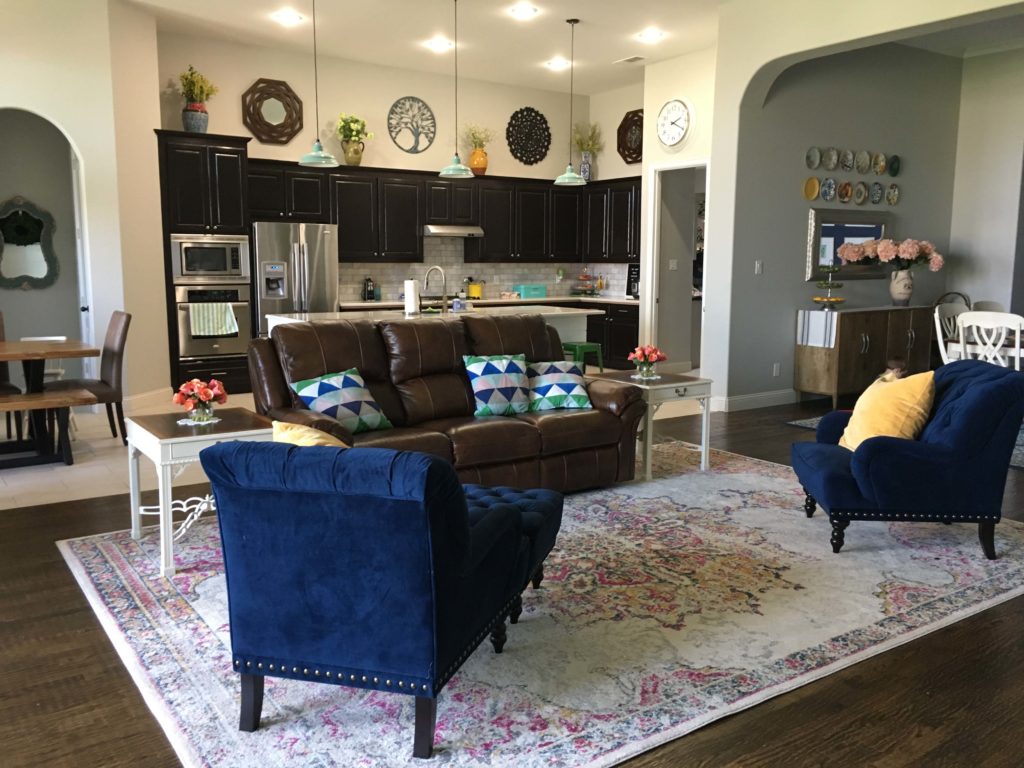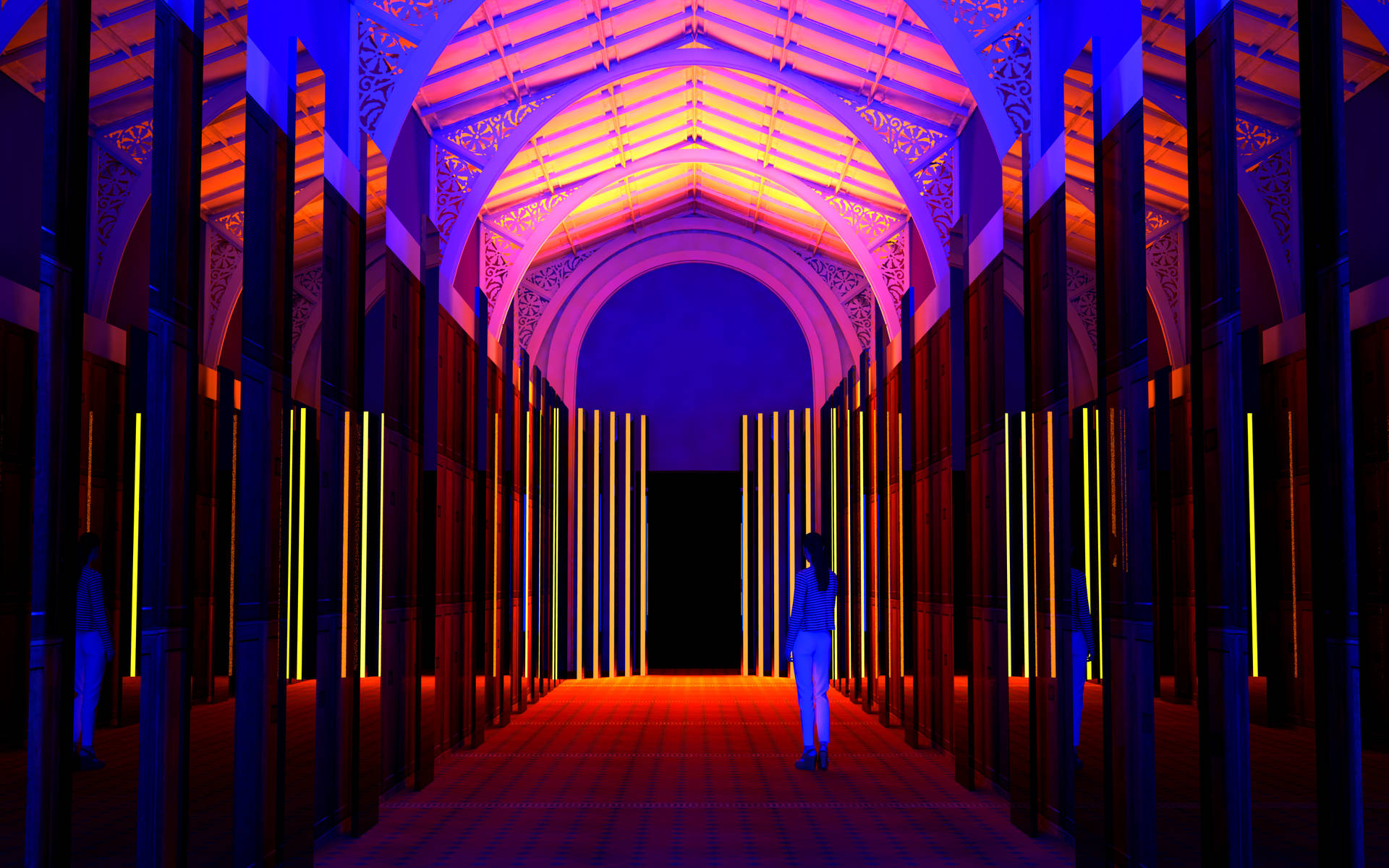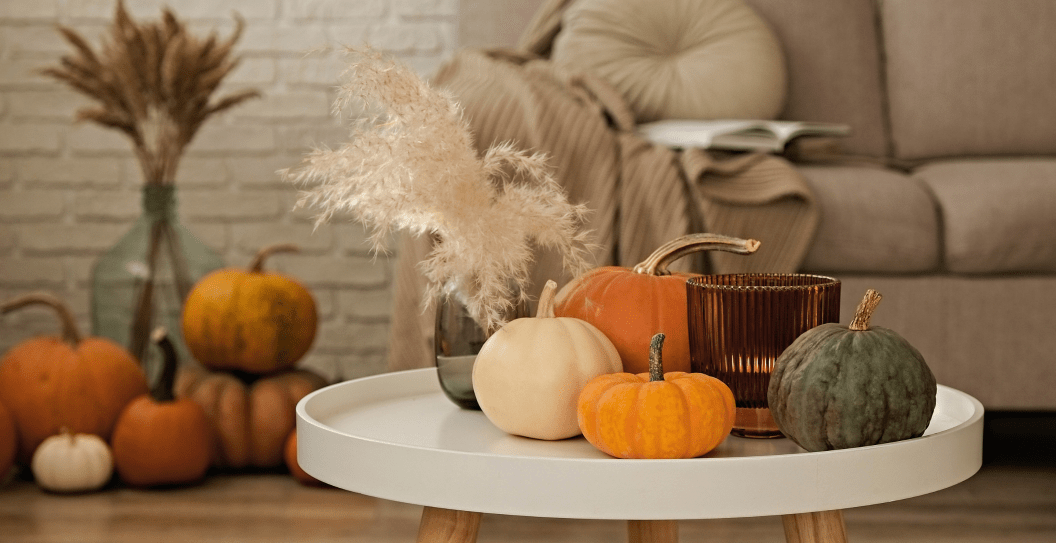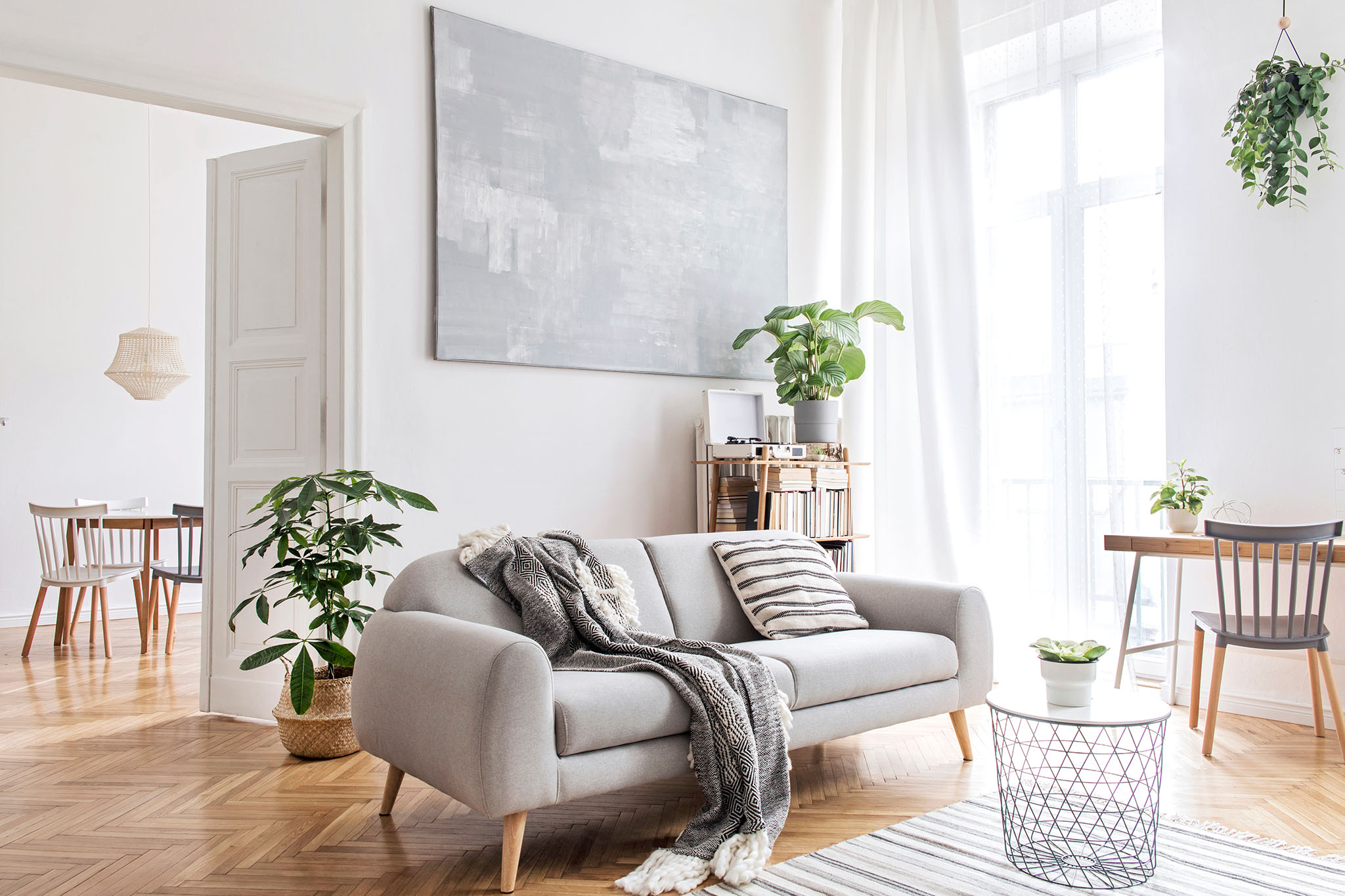History of the Living Room: From Formal Parlor to Casual Family Space
The living room has come a long way from its origins as a formal parlor in the 18th century. It was a room reserved for receiving guests and entertaining, often adorned with expensive furniture and decorations to impress visitors. However, as society evolved and technology advanced, the purpose and design of the living room also changed.
Formal parlor was the term used to describe this room, which was usually located at the front of the house and rarely used by the family. It was a symbol of status and wealth, and only the elite could afford to have a designated space for entertaining guests.
The Origin of the Living Room
The living room as we know it today originated in the early 19th century. With the rise of the middle class and the Industrial Revolution, more people were able to afford larger homes with multiple rooms. This gave way to the concept of a separate living space for the family to relax and spend time together.
Initially, the living room was called the family room or sitting room, and it was a more casual space compared to the formal parlor. It was often located at the back of the house, away from the main entrance, and was furnished with comfortable chairs and sofas for everyday use.
How the Living Room Became the Heart of the Home
As the 20th century approached, the living room started to take on a more significant role in the home. With the invention of the radio and later, the television, families began to gather in the living room to listen to music and watch their favorite shows. It soon became the heart of the home, where the family would come together to relax, bond, and be entertained.
The living room was also a place for children to play, do homework, and spend time with their parents. It was a versatile space that served multiple purposes, making it an essential aspect of the home.
The Evolution of the Living Room
As technology continued to advance, so did the design of the living room. In the 1950s and 1960s, the living room became more modern and functional, with the introduction of modular furniture and built-in storage. This allowed for a more open and clutter-free space, perfect for the growing trend of entertaining at home.
Modular furniture was a game-changer for the living room, offering flexibility and adaptability to fit the needs of different families. It also allowed for more creative and personalized designs, breaking away from the traditional, formal look of the past.
The Living Room: A Brief History
The 1970s and 1980s saw a shift towards a more casual and relaxed living room. The rise of the lounge culture and the popularity of home entertainment systems led to the creation of media rooms, where families could gather to watch movies and play video games.
The living room also became a space for self-expression, with homeowners incorporating their personal style and interests into the design. It was no longer just a functional room but also a reflection of the family's personality and lifestyle.
The Living Room: A Cultural and Social History
The living room has not only evolved in terms of design and functionality but also in its significance to society. It is a reflection of cultural and social changes throughout history, from the formal parlor of the elite to the modern, multifunctional space of today.
The living room has also been a witness to significant events and moments in people's lives, such as family gatherings, celebrations, and even political discussions. It is a space that brings people together and creates lasting memories.
The Living Room: A Reflection of Changing Times
As society continues to evolve, so does the living room. In recent years, there has been a trend towards minimalism and hygge, where the focus is on creating a cozy and comfortable living space with fewer distractions.
The rise of remote work and online learning has also led to the home office becoming a vital part of the living room. It is now a place for both work and relaxation, blurring the lines between work and home life.
The Living Room: A Symbol of Status and Wealth
While the living room is no longer reserved for the elite, it still holds a certain level of status and wealth. Homeowners often invest in high-quality furniture and decor to create a stylish and impressive living room, showcasing their taste and financial stability.
However, with the rise of affordable and accessible home decor options, anyone can create a beautiful living room on a budget. It is no longer just a symbol of wealth but also a reflection of individual creativity and resourcefulness.
The Living Room: A Place for Gathering and Entertaining
The living room has always been a space for gathering and entertaining, and that still holds true today. Whether it's a small family dinner or a large party, the living room is the go-to spot for hosting guests.
With the popularity of open-concept living, the living room has also become seamlessly connected to the kitchen and dining area, creating a flow for socializing and entertaining. It is a place where memories are made and shared with loved ones.
The Living Room: A Multifunctional Space for Modern Living
As we continue into the 21st century, the living room remains an essential part of the home, constantly adapting to fit the needs of modern living. It is a multifunctional space that serves as a living, working, and entertaining area, all in one.
With the rise of smart home technology, the living room is also becoming more technologically advanced, with features such as voice-controlled lights and temperature, making it even more convenient and comfortable for homeowners.
In conclusion, the living room has a rich and fascinating history, evolving from a formal parlor to a multifunctional and versatile space that reflects the changing times. It is a symbol of the importance of family, community, and self-expression, and it will continue to be a significant aspect of the home for generations to come.
The Evolution of the Living Room: From Formal Parlor to Cozy Retreat
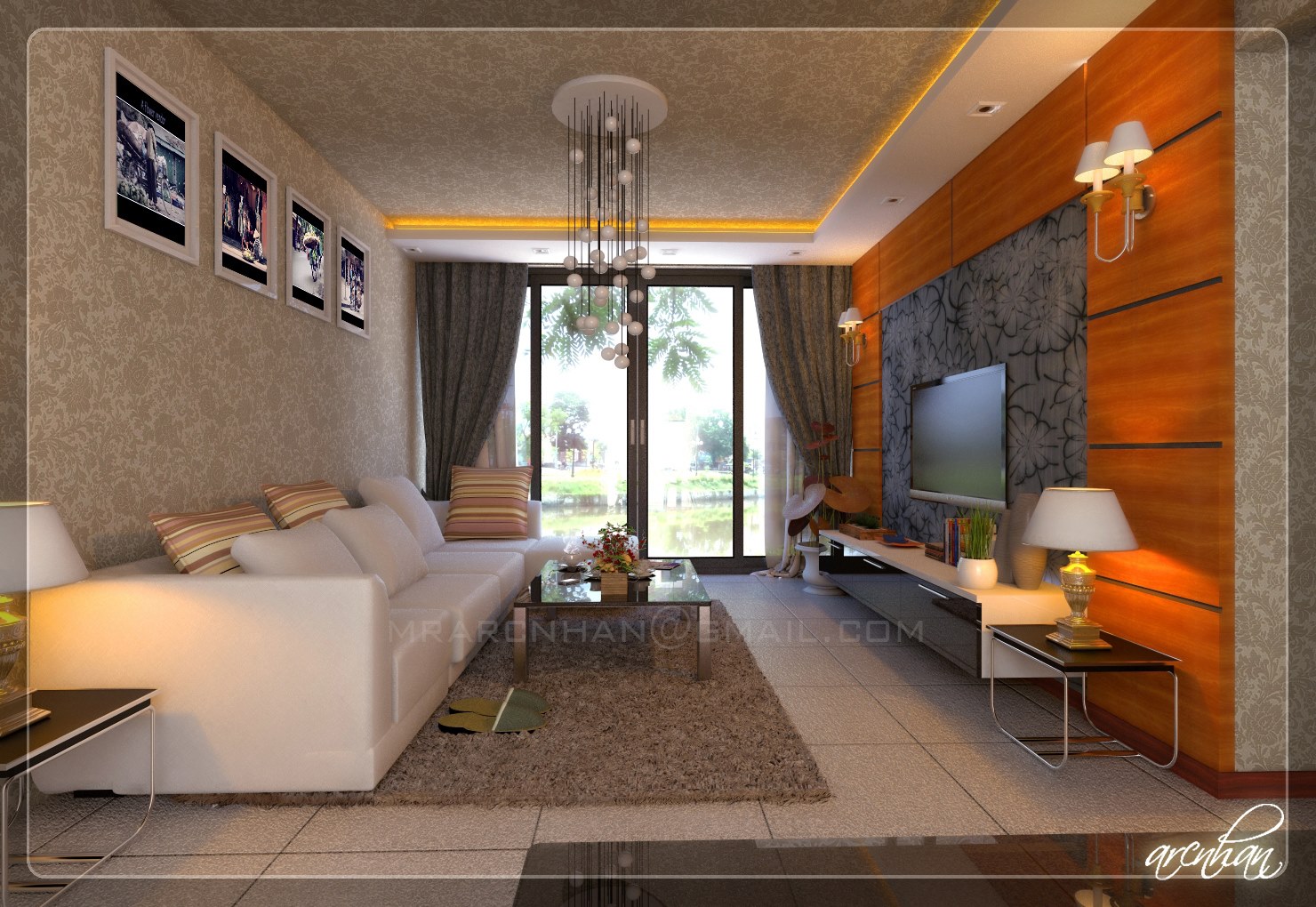
The Origin of the Term "Living Room"
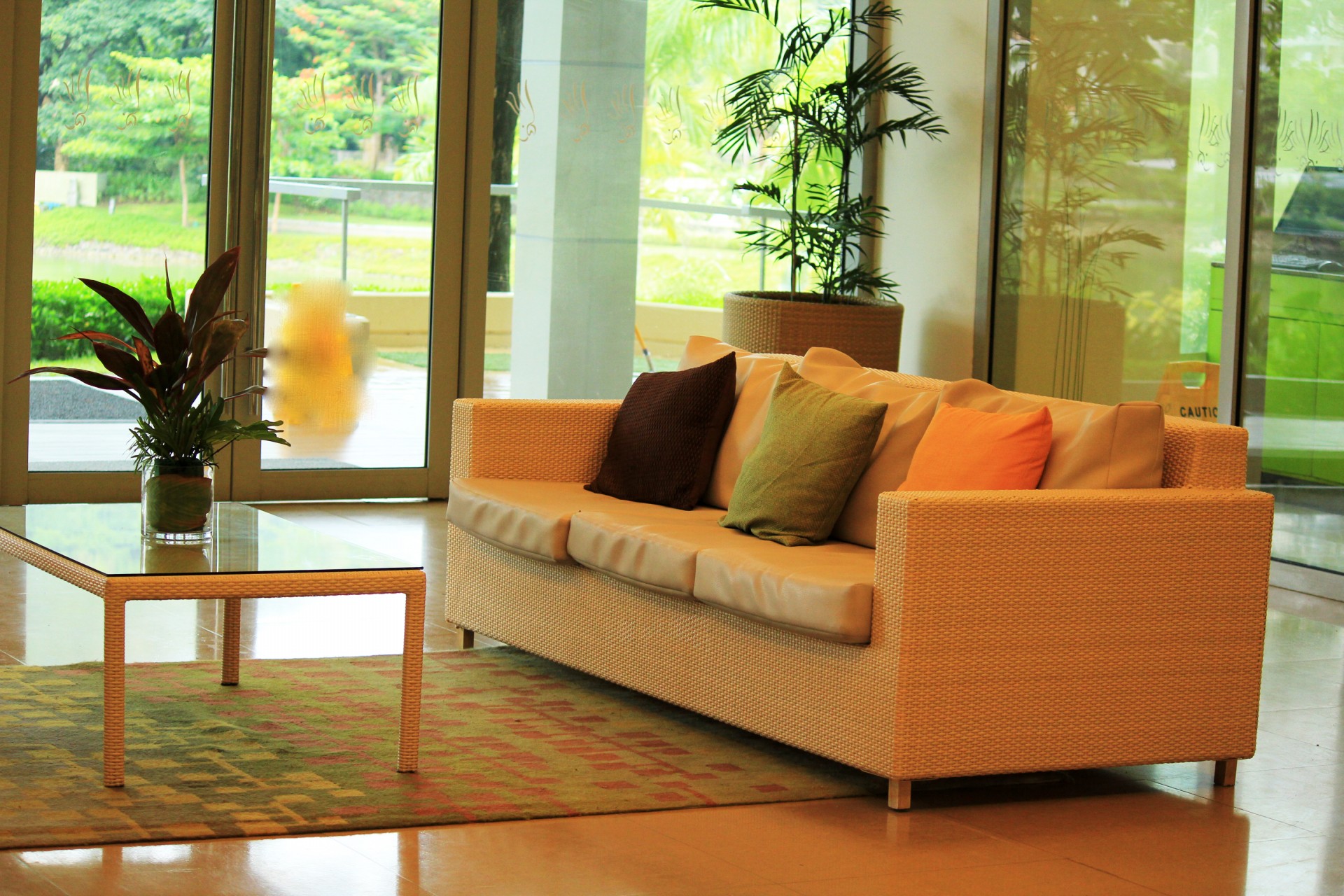 The term "living room" was first coined in the late 19th century, during the height of the Victorian era. At that time, homes were typically divided into several formal rooms, including a parlor, drawing room, and sitting room. However, with the rise of the middle class and the concept of domesticity, a new space emerged in the home - the living room.
Living
room
became the preferred term to describe this new space, as it reflected the idea of a room where the family could gather and spend time together. It was considered a more casual and relaxed space compared to the formal parlors and drawing rooms of the upper class. This term also reflected the changing social norms and values, where spending time with family and friends became more important than strict adherence to social hierarchy and formalities.
The term "living room" was first coined in the late 19th century, during the height of the Victorian era. At that time, homes were typically divided into several formal rooms, including a parlor, drawing room, and sitting room. However, with the rise of the middle class and the concept of domesticity, a new space emerged in the home - the living room.
Living
room
became the preferred term to describe this new space, as it reflected the idea of a room where the family could gather and spend time together. It was considered a more casual and relaxed space compared to the formal parlors and drawing rooms of the upper class. This term also reflected the changing social norms and values, where spending time with family and friends became more important than strict adherence to social hierarchy and formalities.
The Transformation of the Living Room
 In the early 20th century, the living room continued to evolve as more people moved to the suburbs and embraced a more casual way of living. This led to a shift in the design and function of the living room. The space became more versatile, serving as a place for family activities, entertaining guests, and even as a home office.
With the rise of modernism in the mid-20th century, the living room underwent another transformation. Open floor plans became popular, blurring the lines between the living room, dining room, and kitchen. This change in layout reflected the desire for a more informal and connected living space.
Today, the living room
has become the central hub of the home, where families and friends gather to relax, watch TV, and enjoy each other's company. It is often decorated with comfortable furniture, warm colors, and personal touches that reflect the homeowners' style and personality. The living room has truly evolved from its formal origins to become a cozy and inviting retreat in modern homes.
In the early 20th century, the living room continued to evolve as more people moved to the suburbs and embraced a more casual way of living. This led to a shift in the design and function of the living room. The space became more versatile, serving as a place for family activities, entertaining guests, and even as a home office.
With the rise of modernism in the mid-20th century, the living room underwent another transformation. Open floor plans became popular, blurring the lines between the living room, dining room, and kitchen. This change in layout reflected the desire for a more informal and connected living space.
Today, the living room
has become the central hub of the home, where families and friends gather to relax, watch TV, and enjoy each other's company. It is often decorated with comfortable furniture, warm colors, and personal touches that reflect the homeowners' style and personality. The living room has truly evolved from its formal origins to become a cozy and inviting retreat in modern homes.
In Conclusion
 The term "living room" has come a long way since its Victorian origins. It has evolved from a formal parlor to a casual and versatile space that reflects the changing values and lifestyles of society. As house design continues to evolve, the living room will undoubtedly continue to adapt and transform, but one thing remains constant - it will always be a place where families come together to create cherished memories.
The term "living room" has come a long way since its Victorian origins. It has evolved from a formal parlor to a casual and versatile space that reflects the changing values and lifestyles of society. As house design continues to evolve, the living room will undoubtedly continue to adapt and transform, but one thing remains constant - it will always be a place where families come together to create cherished memories.

















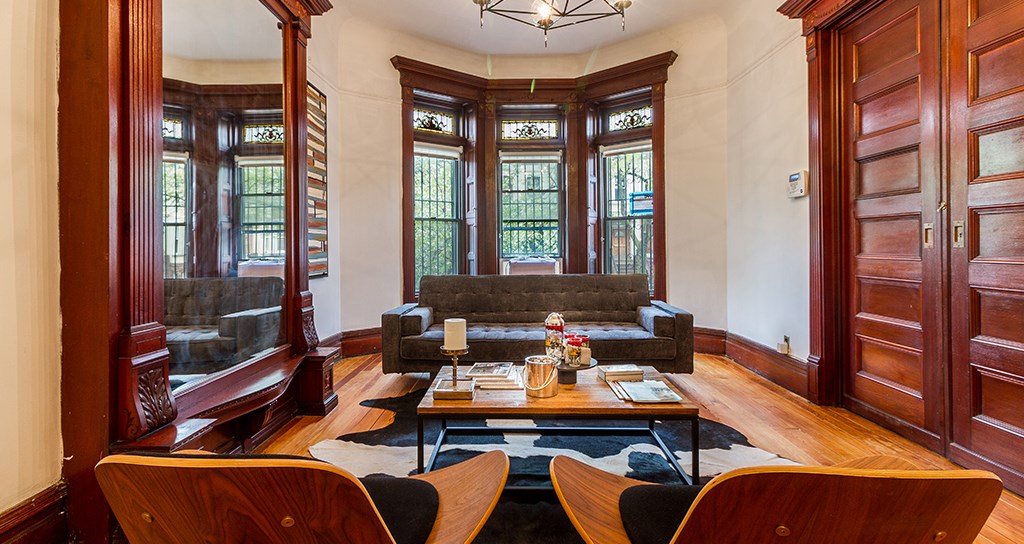

:max_bytes(150000):strip_icc()/Chuck-Schmidt-Getty-Images-56a5ae785f9b58b7d0ddfaf8.jpg)






:format(jpeg):mode_rgb():quality(90)/discogs-images/R-3452979-1332322317.jpeg.jpg)














